Lightweight batteries like EcoFlow RIVER greatly enhance your astronomy experience by reducing equipment burden while providing reliable power. You’ll enjoy quicker setup times, improved portability, and better stability for your telescope and imaging equipment. Their excellent weight-to-capacity ratio outperforms traditional deep-cycle batteries, especially in cold weather conditions. With proper voltage matching and smart mounting, you’ll maximize both battery efficiency and observation time. Discover how the right power solution transforms your stargazing adventures.
The Benefits of Reduced Weight for Field Astronomy

When venturing to remote dark sky locations, every ounce in your telescope setup matters.
Lightweight batteries, particularly lithium models like the EcoFlow RIVER (5kg) and RIVER PRO (7.6kg), dramatically reduce your equipment burden while providing substantial power for long observation sessions.
Lithium power solutions cut your astronomy load in half without sacrificing runtime for those precious dark sky moments.
This weight reduction improves your overall portability and enhances stability during setup, minimizing movement that could compromise image quality.
You’ll also appreciate the ability to carry additional essential gear—cameras, laptops, and accessories—without exceeding weight limits or experiencing fatigue during extended night sessions.
The efficient power-to-weight ratio of these lithium batteries guarantees your telescope’s power supply remains reliable without the bulk of traditional lead-acid alternatives.
With quicker setup times, you’ll spend less time managing equipment and more time capturing the celestial wonders you traveled to see.
Understanding Power Requirements for Your Equipment
To accurately match your telescope system with the right lightweight battery, you’ll need to calculate the total amp-hour requirements by evaluating each component’s power consumption—from mount motors to cameras and accessories.
Your battery’s voltage must precisely match your equipment specifications to prevent damage and guarantee peak performance.
Conduct a thorough power drain evaluation by timing how long each device operates during a typical observing session, accounting for variable power draws from heating elements and cooling systems.
Calculating Amp-Hour Needs
The foundation of choosing the right battery for your telescope setup lies in understanding your power requirements in amp-hours. To calculate your amp-hour needs, divide your total power consumption in watts by your system voltage (usually 12V).
For a successful imaging session, follow these steps:
- Add up total watts from all equipment (mount, camera, dew heaters)
- Divide by 12V to convert to amp-hours (60W ÷ 12V = 5Ah)
- Double the result for safety margin (5Ah becomes 10Ah)
- Consider watt-hours by multiplying amp-hours by voltage (10Ah × 12V = 120Wh)
Remember to account for each device’s specific requirements when selecting a power source.
A properly sized battery capacity guarantees your telescope setup runs smoothly throughout your entire observing session without unexpected shutdowns.
Voltage Matching Matters
Selecting the correct voltage for your astronomy equipment isn’t just important—it’s essential for preventing damage and guaranteeing peak performance. Most astrophotography devices require 12V power supply, making voltage compatibility a critical consideration for your setup.
Lightweight lithium batteries like the EcoFlow RIVER maintain voltage above 12V even as power drains, providing stable power output throughout your imaging session.
Before selecting a battery, calculate your equipment’s total power consumption—devices drawing under 4A work well with the standard RIVER, while higher-demand setups need the RIVER PRO.
For reliable performance, confirm your battery capacity is at least double your calculated amp-hour needs. This approach prevents voltage drops during extended sessions and protects both your equipment and your imaging results from power-related failures.
Power Drain Assessment
Every astrophotography setup demands a tailored power solution, as the combination of mounts, cameras, computers, and accessories creates a unique electrical footprint.
To properly power your astrophotography gear for a full night, you need to calculate your specific requirements.
- Measure actual power consumption of each device (mount, camera cooling system, dew heaters) using a power meter connected to the DC port.
- Calculate total watt-hours needed for your typical imaging session length.
- Double your calculated capacity batteries requirement to prevent deep discharge and account for peak usage periods.
- Remember that high-drain components like dew heaters can add 200Wh+ to your power needs.
Comparing Battery Technologies: Weight-to-Capacity Ratio
When choosing power sources for astronomical equipment, weight-to-capacity ratio stands as a vital factor that can make or break your observing experience.
Lithium batteries greatly outperform traditional deep-cycle batteries in this essential metric. Consider the EcoFlow RIVER portable power station, which delivers 288Wh at just 5kg, or the RIVER PRO providing 720Wh while weighing only 7.6kg.
In contrast, lead-acid deep-cycle batteries deliver similar capacity at considerably greater weights, hampering mobility when you’re setting up in remote locations.
For astrophotography setups, this weight difference isn’t merely about convenience—it affects your entire system’s portability. The compact dimensions of lithium options (RIVER: 28.8 x 18.5 x 19.4 cm) also integrate more seamlessly with your equipment, while maintaining stable power output during extended imaging sessions.
Lifepo4 Vs Traditional Deep Cycle Batteries

The weight advantages of lithium batteries become even more pronounced when we examine LiFePO4 (Lithium Iron Phosphate) technology specifically against traditional deep cycle batteries.
When you’re setting up your portable astrophotography setup, every pound matters.
LiFePO4 batteries outperform their conventional counterparts in several significant ways:
- Weight reduction – As light as 5 kg for models like EcoFlow RIVER, compared to much heavier deep cycle batteries
- Longevity – Over 2000 cycles versus 300-500 cycles for traditional options
- Consistent power output – Maintains voltage above 12V longer, keeping your telescopes functioning effectively
- Less maintenance – Faster charging and fewer upkeep requirements simplify your astrophotography sessions
You’ll appreciate these lightweight batteries when transporting equipment to dark-sky locations while still having reliable power for extended imaging sessions.
How to Calculate Runtime for Your Specific Setup
Understanding your power needs is essential for planning successful astrophotography sessions. To calculate your telescope’s runtime, first add up the wattage of all components—mount, camera, and accessories—to determine total power consumption.
Convert this wattage to amp-hours by dividing by your system’s voltage (typically 12V). For example, a setup drawing 48 watts needs 4 amp-hours per hour (48W ÷ 12V = 4A).
Next, check your battery capacity in amp-hours and divide by your hourly consumption. A 50Ah battery powering a 4A setup provides about 12.5 hours of runtime.
For reliability, your battery capacity should be at least double your calculated needs.
Don’t forget to account for efficiency losses from inverters and maintain a power reserve to protect your battery’s lifespan.
Portable Power Solutions Under $200

After calculating your power requirements, finding affordable equipment becomes the next challenge.
You’ll find several lightweight options that won’t break the bank while still powering your astrophotography devices effectively.
- EcoFlow RIVER – This 288Wh lithium battery offers an ideal balance of portability and power for compact telescope setups.
- Multiple Output Connectivity – Look for stations with various output ports (AC, USB-C, USB-A) to accommodate all your devices.
- Power Consumption Match – For setups drawing under 4A, compact solutions like the RIVER provide excellent efficiency.
- DIY Alternatives – Deep cycle battery setups can work but require additional components like inverters and chargers.
The best portable power solutions under $200 prioritize versatility and lightweight design while providing sufficient capacity for your stargazing sessions.
Extending Battery Life in Cold Weather Conditions
Cold weather can greatly reduce your telescope’s battery performance, with lithium batteries losing up to 20% capacity in freezing conditions.
You’ll get better results by insulating your power station and selecting lightweight options like the EcoFlow RIVER that maintain stable output even in chilly environments.
For ideal cold-weather performance, keep your batteries fully charged before nighttime viewing sessions and consider using DC power to minimize energy loss from inverters.
Cold Weather Battery Solutions
When frigid temperatures threaten to derail your stargazing sessions, proper battery management becomes essential for telescope operation.
Lithium batteries like the EcoFlow RIVER series maintain stable power output even in winter conditions, making them ideal for astrophotography in the cold.
To maximize your battery performance during winter stargazing:
- Insulate your power stations to preserve efficiency and extend operational time in extreme cold
- Double your calculated battery capacity requirements to compensate for cold-weather energy loss
- Recharge lithium batteries fully before each cold-weather session to guarantee peak performance
- Utilize built-in Battery Management Systems to monitor temperature effects on power input and output
Temperature Performance Comparison
While traditional lead-acid batteries can lose up to 50% of their capacity during frigid stargazing sessions, lightweight lithium options like the EcoFlow RIVER series demonstrate superior cold-weather performance.
Testing shows these batteries maintain stable power output in cold temperatures, retaining over 45% capacity even after full-night use at -4°F (-20°C).
The advanced Battery Management Systems (BMS) in lightweight lithium batteries actively optimize performance in challenging conditions, preventing cold-related damage that would affect other power sources.
To maximize your observatory time, properly insulating your battery can further enhance its cold-weather capabilities.
This performance difference matters for astrophotographers who need reliable power for extended imaging sessions.
You’ll experience minimal capacity loss compared to traditional options, ensuring your telescope and camera equipment remain operational throughout your stargazing adventures.
Mounting and Securing Lightweight Power Sources

As telescopes become more portable, properly mounting your lightweight power source becomes essential for maintaining stability and functionality.
When setting up your astrophotography gear, secure positioning of batteries like the EcoFlow RIVER can make a significant difference in your overall experience.
For ideal telescope setup with lightweight batteries:
- Mount batteries low on your tripod or mount to maintain a lower center of gravity, enhancing stability especially in windy conditions.
- Use Velcro straps or custom brackets to secure the power source firmly to prevent shifting during telescope movement.
- Choose batteries with built-in carrying handles for quick setup and breakdown.
- Organize and secure all cables with compatible connectors to prevent accidental disconnections during your astrophotography session.
Frequently Asked Questions
What Size Battery for Astrophotography?
For astrophotography, you’ll need a 288Wh battery like EcoFlow RIVER for compact setups under 4A, or a 720Wh RIVER PRO for complex equipment. Always calculate your total amp-hours and double it for reliability.
Do Telescopes Require Batteries?
Basic telescopes don’t need batteries, but if you’re using Go-To mounts or doing astrophotography, you’ll need power. Your setup’s complexity determines your battery requirements – simple stargazing needs none, advanced tracking requires electricity.
How to Power a Telescope?
You can power your telescope using lithium batteries or power stations like the EcoFlow RIVER. Connect your mount and camera using the appropriate ports (AC, USB-C, or DC) while ensuring voltage stays above 12V throughout your session.
In Summary
Lightweight batteries transform your astronomy experience by reducing setup strain and increasing mobility. You’ll enjoy longer observing sessions with properly sized LiFePO4 batteries that outperform traditional deep cycles. Calculate your equipment’s power needs, invest in a portable solution that works within your budget, and protect your battery from cold temperatures. When properly mounted and secured, a lightweight power system becomes an invaluable part of your stargazing adventures.
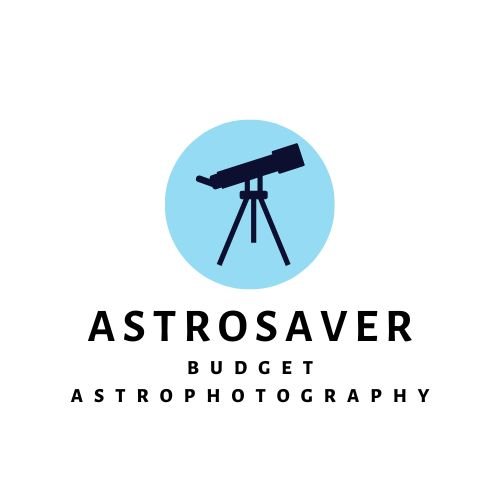
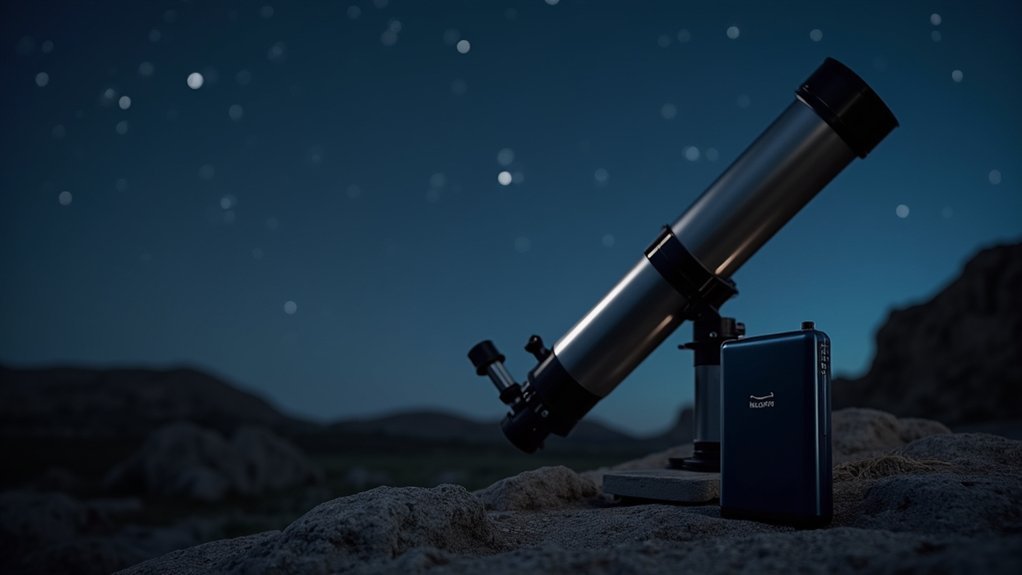
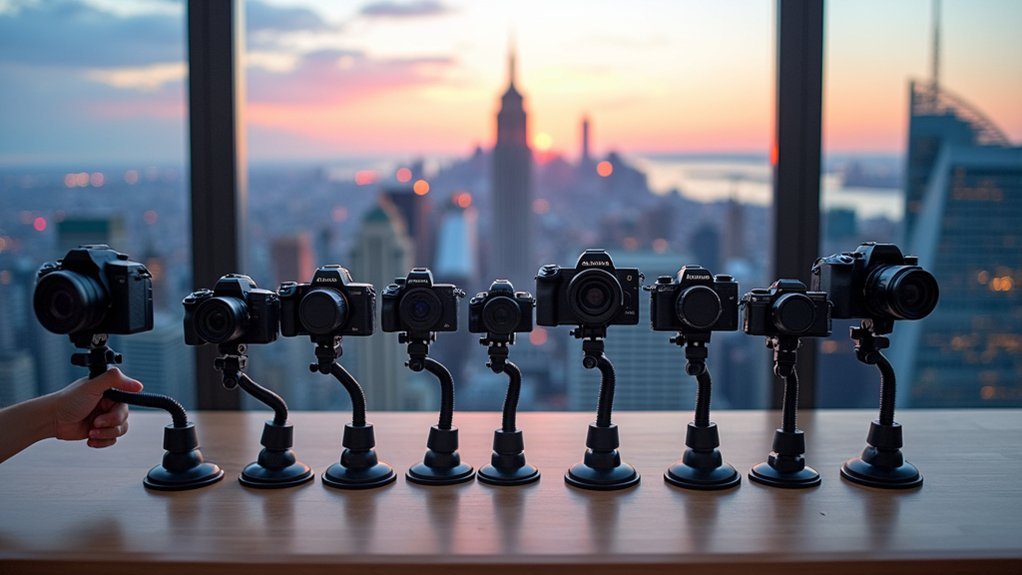
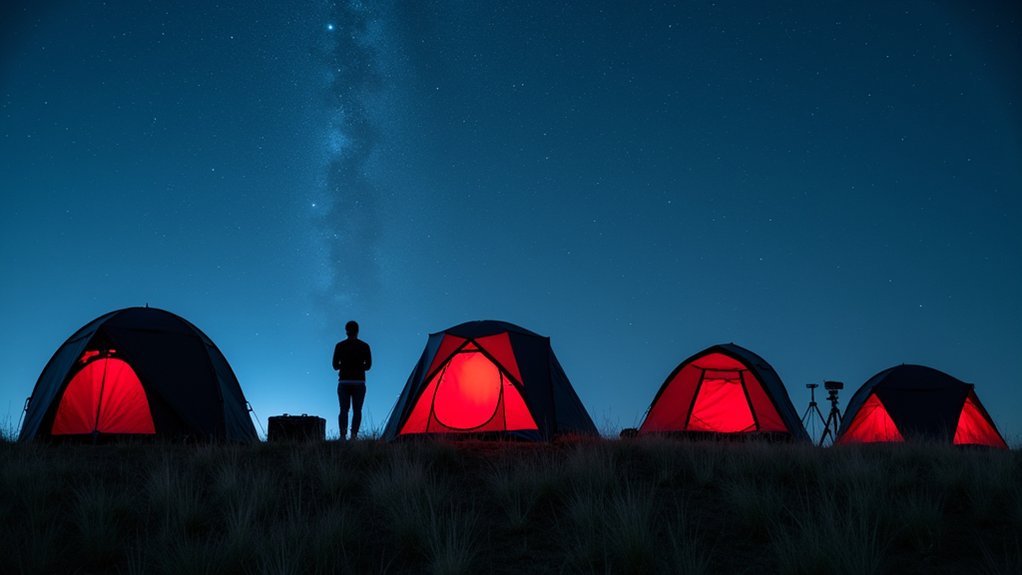
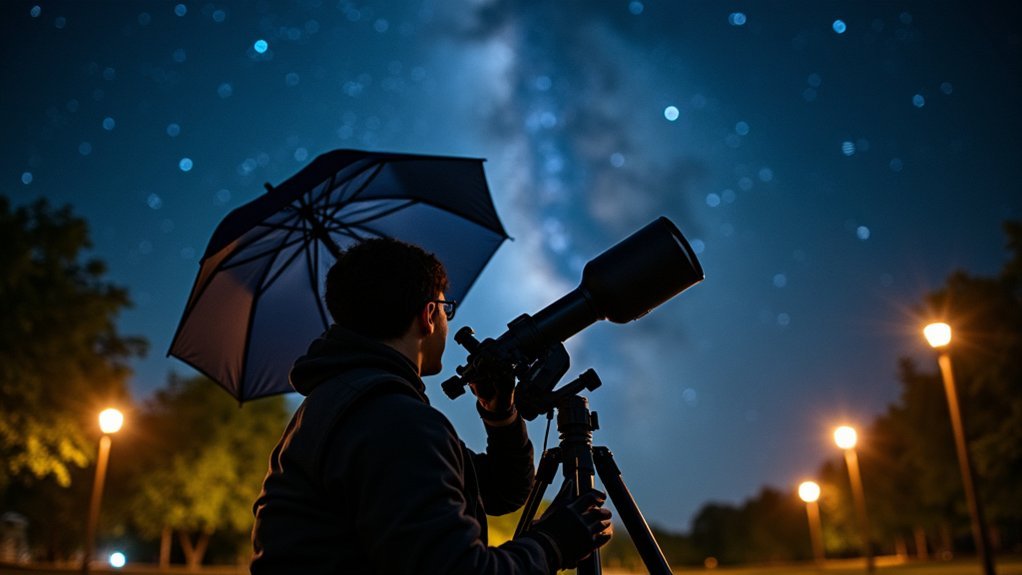
Leave a Reply